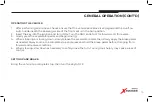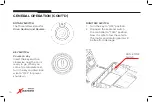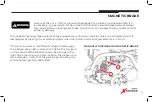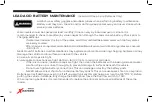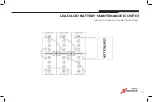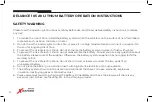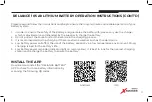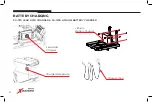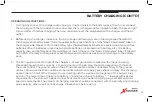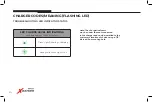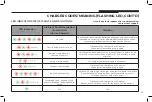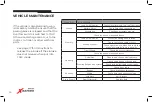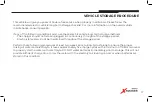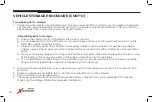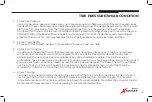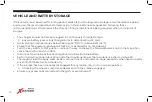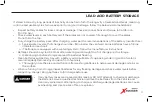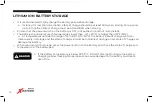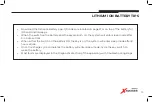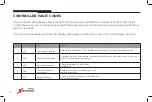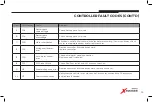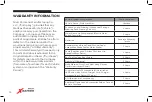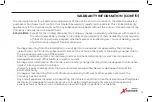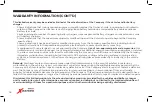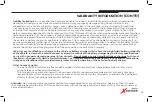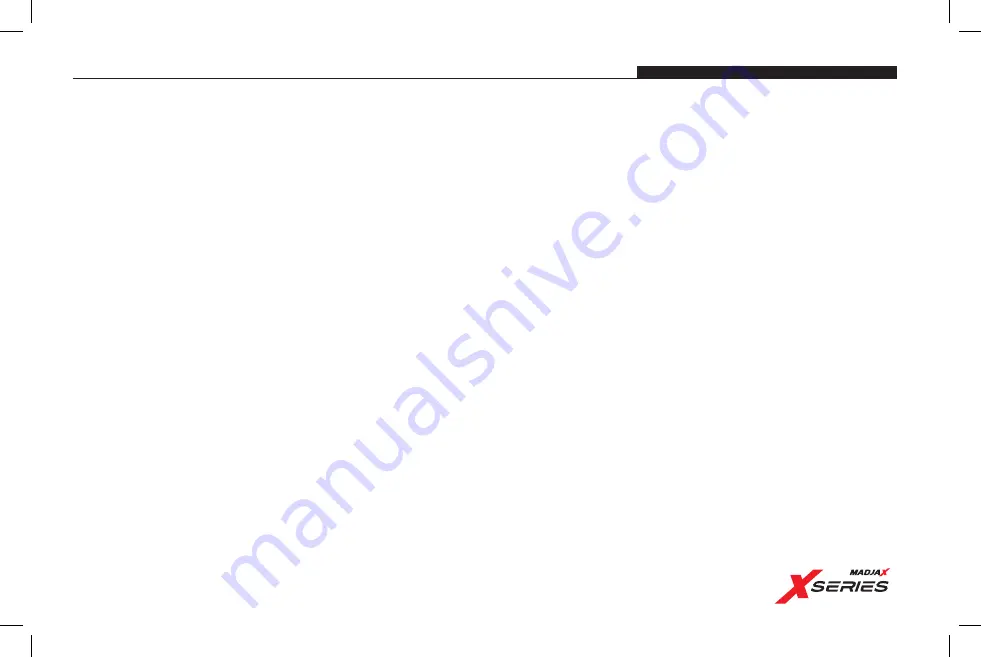
29
TIRE PRESSURE/WEAR CONDITION
1. Check Tire Pressure
Use a tire pressure gauge to make sure your tires are properly inflated and then fill your tires with air as
needed. To check your pressure, remove the valve stem cap, press the gauge head evenly onto the valve
stem, use firm pressure so that the hissing sound stops. Remove the gauge and read the pressure.
Compare this to your vehicle’s recommended inflation pressure. Always check your tires while they are
cold (after sitting for at least 3 hours or before you’ve driven 1 mile at moderate speed). Never bleed
pressure from a hot tire. Typical pressures for most golf car tires should be between 20-22 psi.
2. Check Tread Depth
Check with tread depth gauge. If not available, the penny test can help.
3. Check Tire Condition
In addition to tread depth and inflation pressure, you should also inspect your tires for any damage
or conditions that would warrant their replacement. Look at the tread and sidewalls for any cuts,
scrapes, punctures, bulges, bumps or cracks. If any abnormalities are visible,, have a tire service
professional take a closer look. You also want to keep an eye on your tire’s age. Depending on how much
you drive each year, your tire’s tread may last for years but just because the tread is not worn out does
not mean that your tires don’t need to be replaced. Industry standards recommend that tires be
removed from service no more than ten (10) years after the date of manufacture.
4. Check Tire Age
Tire age can be determined by checking the side wall of the tire. Look for 4 numbers inside an oval or
rectangle. The first two numbers indicate the week and the last two indicate the year the tire was
manufactured. Even if the tire's condition and tread life are acceptable, tires older than 10 years should
be replaced. Always dispose of tires according to local and/or federal law.

